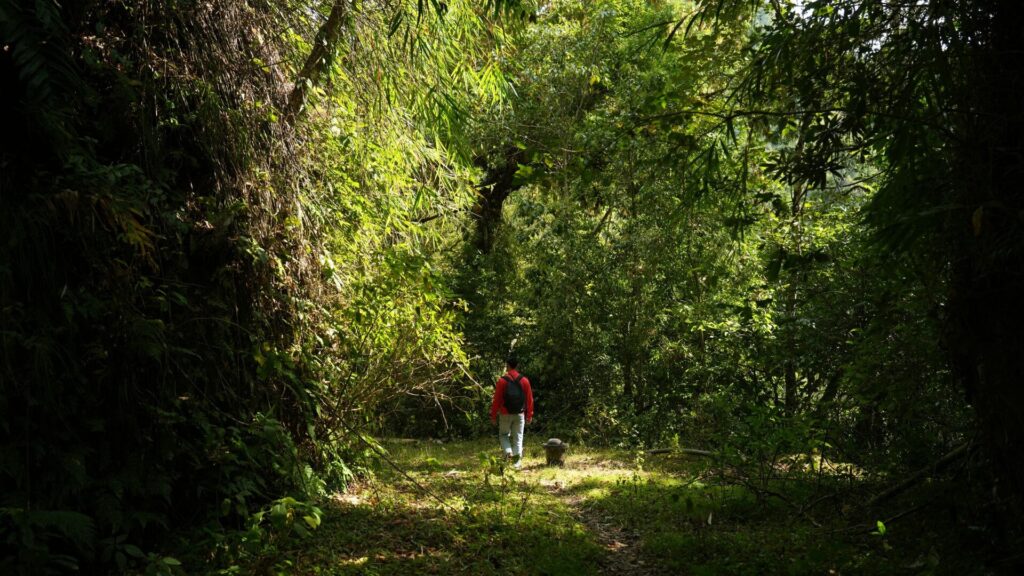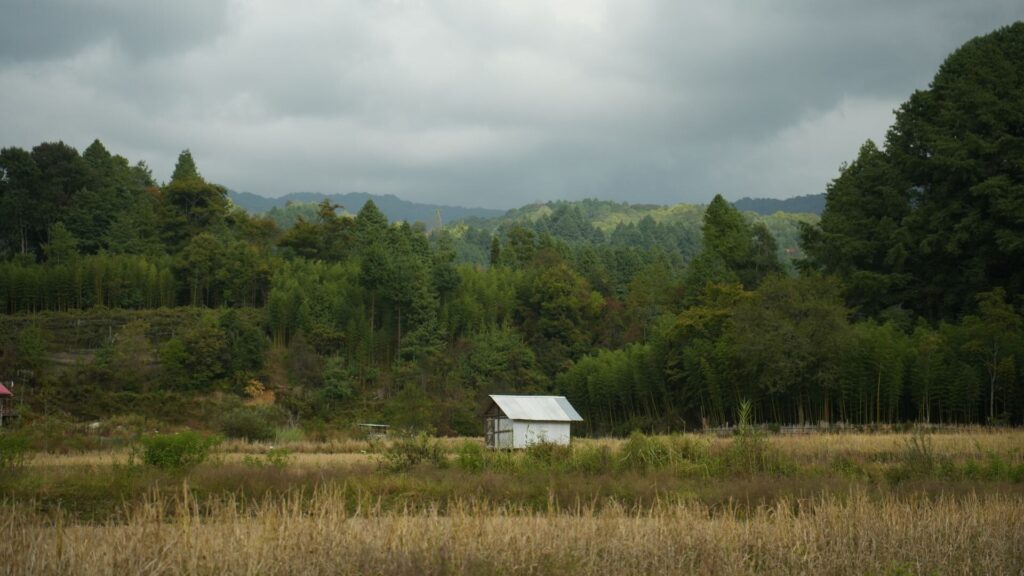
In the cool bowl of Ziro Valley, a highland plain around 1,500 meters above sea level in Arunachal Pradesh, morning mist drapes over hand-carved rice terraces fed by bamboo canals. This is the homeland of the Apatani, or Tanii, a community renowned for turning landscape into lifescape. Travelers come for the beauty; they stay for the worldview. The Apatani have engineered an elegant rice-fish cultivation system (recognized on UNESCO’s tentative list) that produces food without machines or chemical inputs, and sustains both soil and society across generations.
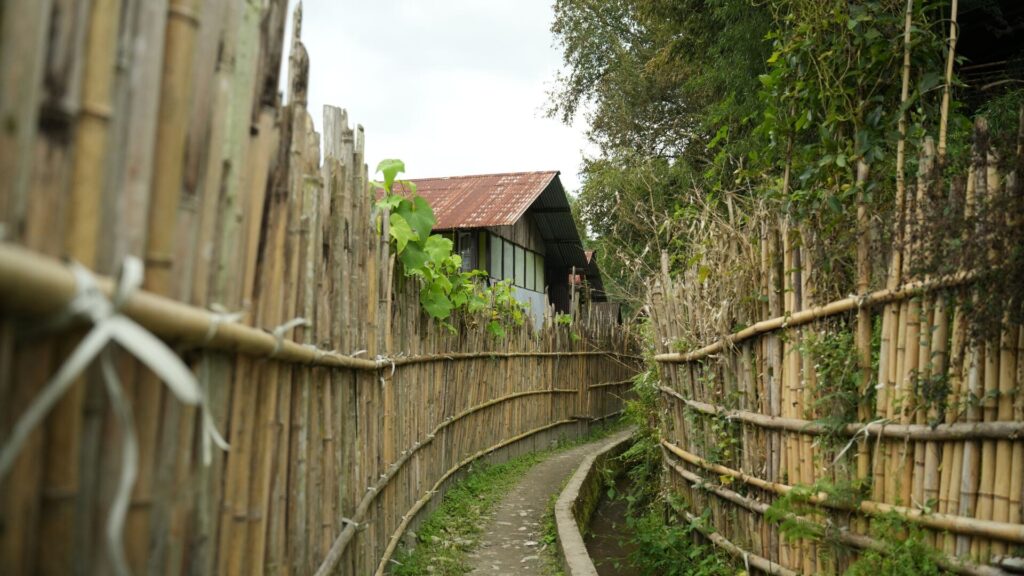
But Ziro is not only an agricultural marvel—it’s a living archive. The Apatani council of elders (Bulyang) still guides village life; Donyi-Polo—the reverence of Sun and Moon—still shapes ritual seasons; and festivals like Myoko, Dree, and Murung braid kinship, ecology, and memory into communal celebration. Even as facial tattoos and nose plugs have faded, the cultural grammar of reciprocity endures.
In the gently sloped basin of Ziro, the Apatani have built a valley life unusual for the surrounding highlands. Reliable springs, mild gradients, and fertile alluvium allowed them to settle densely and farm intensively, shaping a landscape of rice–fish terraces threaded by bamboo aqueducts. Villages are knit together by clans and marriage ties, the Bulyang settling disputes, guiding water-sharing, and speaking for the community when the world beyond the valley calls. Forests, streams, and irrigation channels are tended as shared responsibilities; rights are balanced with duties, and the rules that keep the fields alive are learned early, not from books, but from seasons.
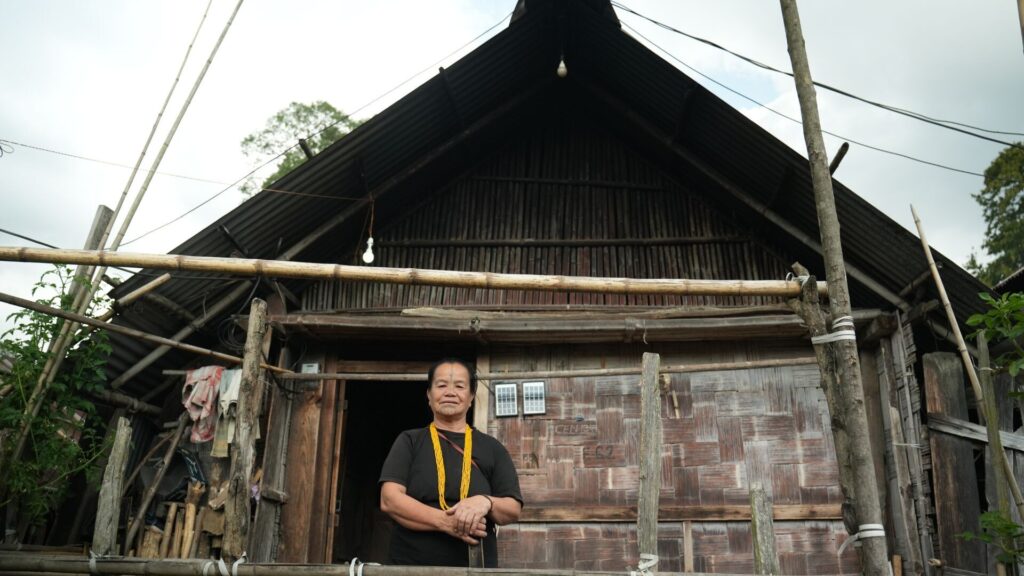
Work here is also a language of belonging. Women’s skill in transplanting, weeding, and household provisioning complements men’s expertise in terrace building, carpentry, and ritual obligations; both meet in the fields where labor is pooled and favors repaid across families. Feasts and festivals—Myoko, Dree, Murung—move grain, meat, and goodwill through the valley, renewing alliances as surely as they mark the calendar. Even as some visible markers—like facial tattoos and nose plugs– fade into memory, the habits that hold the place together endure: water measured fairly, forests cut with restraint, kin and neighbors called to help and thanked in turn. It is a quiet continuity, made sturdy by practice.
Apatani elders say their ancestors emerged from Pitu Piyi, a sacred cave, and followed signs from Donyi (the Sun) and Polo (the Moon) until they reached today’s Ziro Valley. Some versions add a helpful mithun (a forest bovine) that refused to go farther, or a circling hornbill that marked the spot from the sky. At the center of these stories is Abo Tanii, the first ancestor, who led the people carrying seeds, tools, and hope. When they found a valley with gentle slopes and steady streams, they decided to stay.
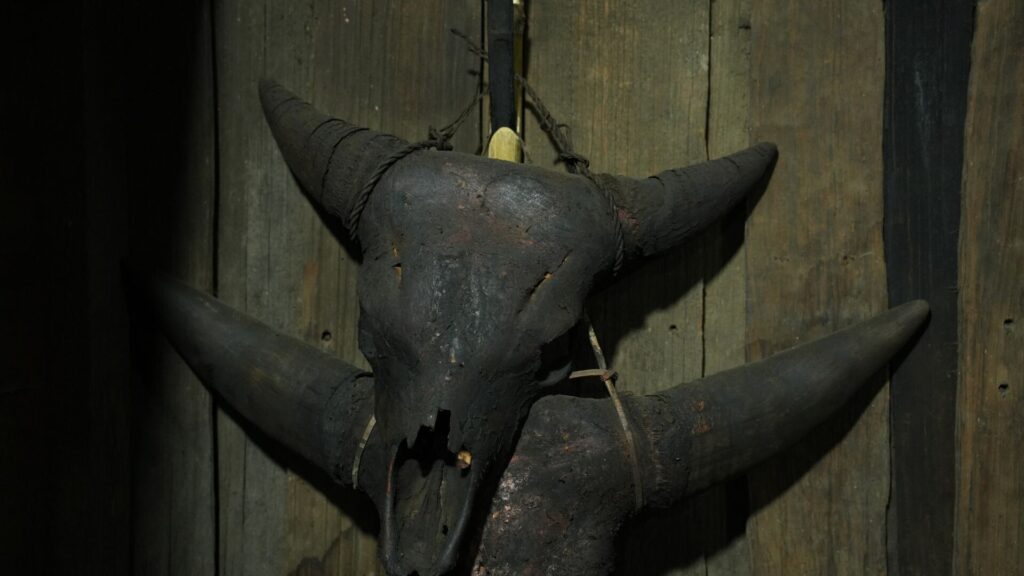
These origin tales are shared as migung—long spoken chants—during winter evenings and festivals. In simple, memorable lines, they explain why water must be shared fairly, why bamboo is used to guide irrigation, and how the first rice terrace was laid. For the Apatani, myth works like a family album and a rulebook at once: it ties people to place, honors the ancestors, and reminds everyone how to live well in the valley.
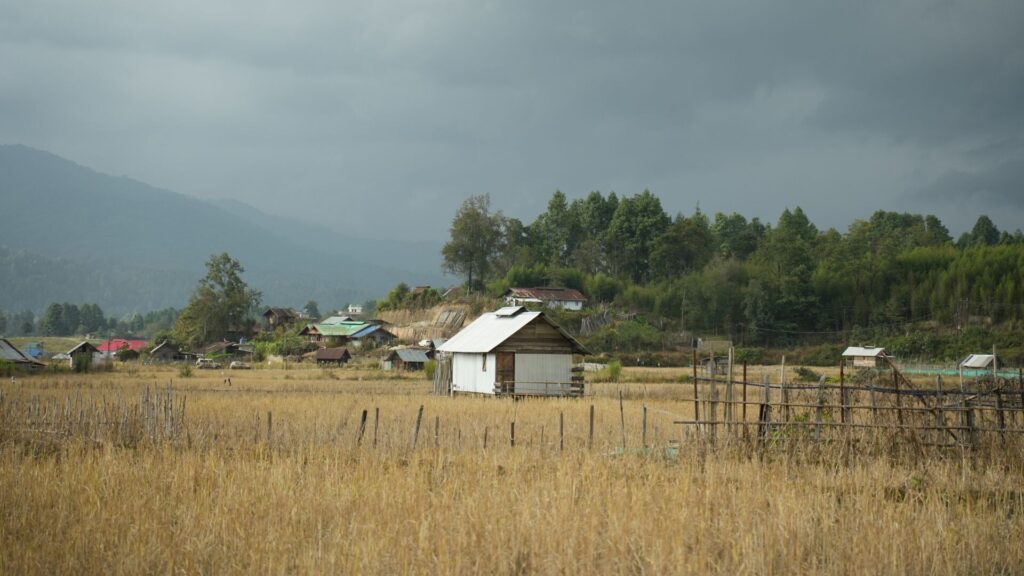
To understand the Apatani is to understand how community itself can be a form of architecture — built not from stone, but from trust. Each village in Ziro Valley is a close-knit cluster of wooden houses, organized around clans that trace descent from shared ancestors. Every family has a role, and decisions about land, water, or disputes are made collectively through the Bulyang. Though government institutions exist today, the Bulyang remains the moral backbone of village life — a system that ensures fairness, consensus, and a sense of belonging.

While facial tattoos and nose plugs, once worn by Apatani women as symbols of identity and beauty, are no longer practiced, the memories live on. Many older women still carry these markings proudly, and travelers meeting them often describe an almost magnetic dignity in their faces — living links to a world before modernity arrived. Younger Apatanis, meanwhile, channel their heritage differently: through music, documentaries, and the annual Ziro Music Festival, where songs in the local Tanii language mix with indie beats against the backdrop of the same fields their ancestors cultivated.
Visitors to Ziro often notice how life here moves at a rhythm of reciprocity — neighbors helping one another transplant rice, repairing bamboo fences, sharing rice beer during harvest, and gathering for nightly storytelling. Outsiders might call it “community living,” but for the Apatani, it’s simply life as it should be.
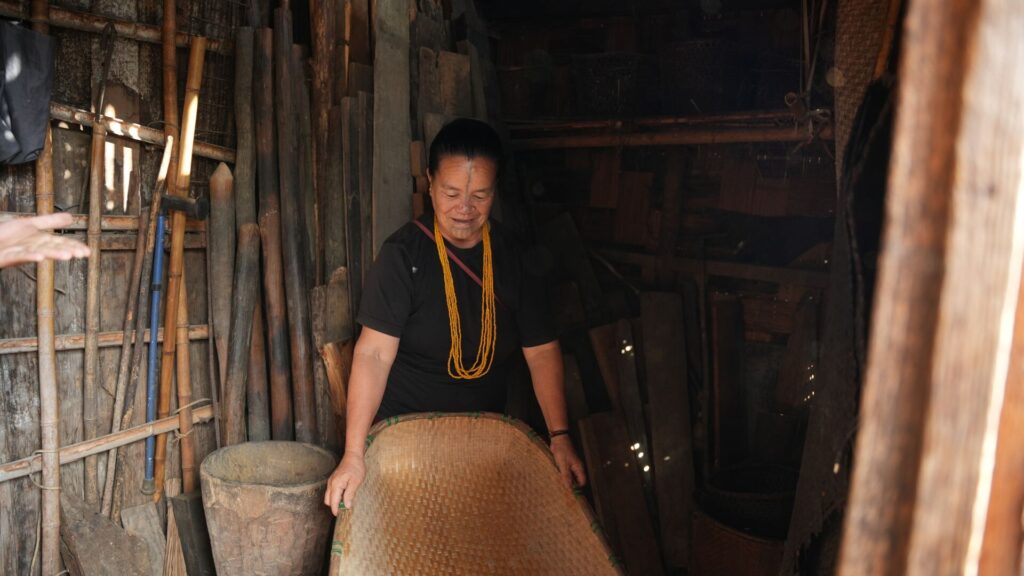
Quick travel tip: Visit during Myoko (Mar) or Dree (Jul), stay in a homestay, and walk the terrace paths with a local guide—greet elders, ask before photos, and try a communal meal to feel the valley’s rhythm.
Festivals are how the Apatani speak to time.
In Ziro, farming is a carefully tuned system rather than a single crop. The Apatani rice–fish terraces use hand-built bamboo water channels to step spring water from one plot to the next; fish fingerlings swim among the rice, eating pests and fertilising the mud, while every drop is reused downstream. This indigenous design—documented as the Apatani Cultural Landscape on UNESCO’s Tentative List—relies on community water-sharing rules, seasonal maintenance of canals and bunds, and near-zero dependence on machinery or chemical inputs.

The story is also evolving. Recent work with Apatani farmers models how to optimise labour and inputs across rice–fish plots, showing why the system remains resilient under modern constraints. At the same time, Ziro has become a focal point for diversification: in September 2025, the state launched the Kiwi Mission 2025–2035 at Ziro and laid the foundation for a Centre of Excellence at Kardo, signalling a push to pair heritage farming with high-value horticulture. For travellers, this means you can still see the classic canals at work in season—and, just a few hills away, meet growers experimenting with new orchards.
For centuries Ziro’s terraces and bamboo lanes were a world unto themselves—until 1944–45, when the Austrian anthropologist Christoph von Fürer-Haimendorf arrived as a British Special Officer. He filmed daily life, mapped village politics, and later wrote that the Apatani valley was an “incipient civilization in miniature,” unusually organized and intensively farmed compared with surrounding highlands. His visit coincided with WWII pressures on the frontier, which drew colonial administrators into the Subansiri region for the first time.
After Independence, the valley’s interface with the Indian state deepened. Verrier Elwin, serving as Adviser for the North-East Frontier Agency (NEFA), argued for development that respected local customs—ideas that shaped early schooling, health outreach, and road building in Apatani areas. A small airstrip/ALG at Ziro followed and, after decades of on-and-off use, was brought back to life with scheduled passenger flights in 2022, threading the once-remote valley into wider circuits of travel and trade. Meanwhile, the Ziro Festival of Music—founded in 2012 by Bobby Hano and Anup Kutty—turned the terraces into a stage for artists from across India and beyond, with Apatani hosts at the center of the exchange. Through it all, the community has absorbed new arrivals on its own terms: welcoming the world while keeping valley rules of water, work, and hospitality intact.
Before organized religion reached the valley, the Apatani followed Donyi-Polo, the faith of the Sun (Donyi) and Moon (Polo) — divine forces that sustain balance in the cosmos.
Shamans (Nyibus) serve as mediators between the physical and spiritual worlds, conducting rituals to ensure prosperity, fertility, and harmony. Over time, as education and outside influences grew, some Apatani adopted Christianity — yet, the philosophy of Donyi-Polo continues to illuminate their worldview: that light and life are inseparable, and human beings are threads in the same cosmic fabric.
The Apatani have embraced education and modern livelihoods with enthusiasm, yet remain deeply attached to their valley roots. Traditional thatched houses now stand beside concrete homes; tattooing and nose plugs are rare; smartphones capture rituals once preserved only in memory. Still, what endures is the Apatani sensibility — the instinct to live lightly on the land. Community festivals continue, agricultural wisdom is shared with researchers, and young Apatani artists reinterpret their heritage through film, music, and design.
In an age of climate anxiety, the Apatani have become quiet icons of sustainability. Their farming system demonstrates what the modern world strives to relearn — how to produce without depleting. Their efforts to preserve forests, water systems, and cultural knowledge have earned them recognition from scholars, environmentalists, and travelers alike. Within Arunachal Pradesh, the Apatani stand as cultural anchors — reminding us that progress and preservation need not be opposites.
